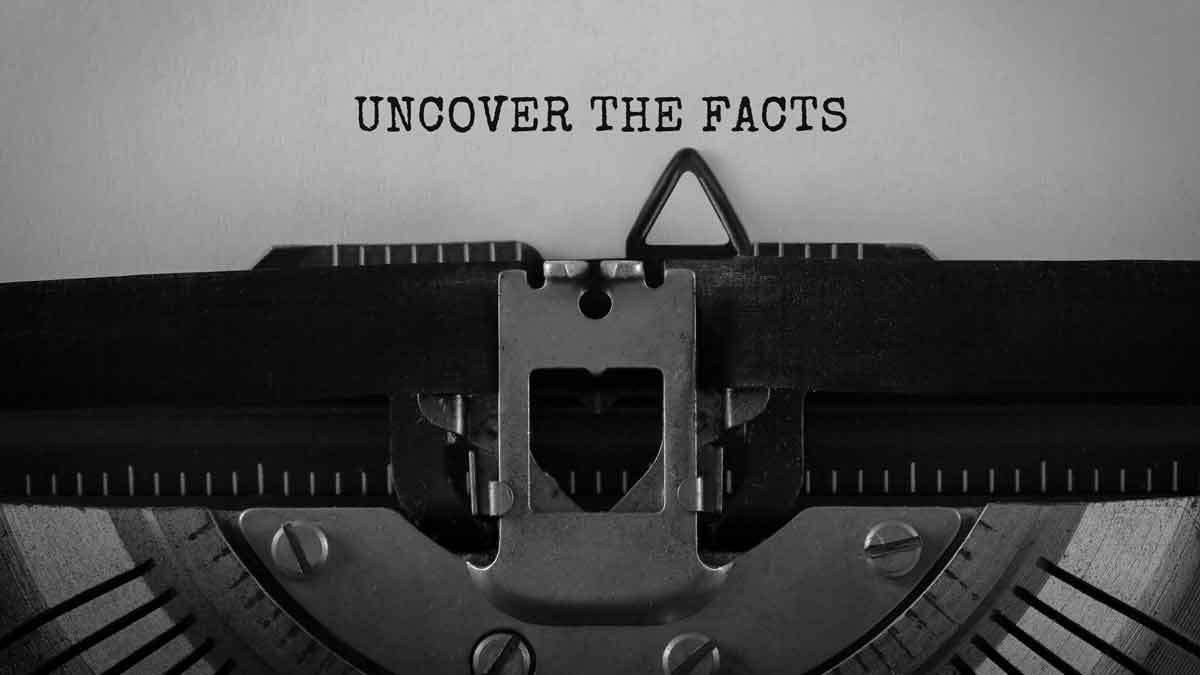Initially, you are aware of the first three, but completely unaware of the fourth—surprises. When you begin your project, list the first three, and try to convert A’s and Q’s into F’s. Then uncover the surprises through customer interviews, tours and observation. Seek to understand the first three, and discover the last one.
More in white paper, Innovating in Unfamiliar Markets (page 12)
If your big project is successful, it will be because the assumptions it rested on were true. But when you start your project, you don’t know what is and is not true. Think of 4 factors in descending certainty: 1) Facts (we know what we know.) 2) Assumptions (we know what we think.) 3) Questions (we know what we don’t know.) 4) Surprises (we don’t know what we don’t know.) To “de-risk” your project, lay these out at the beginning of your project… and then drive each from uncertainty to certainty.
To see how this is done, view the video at Project De-risking with Minesweeper
Do your new product development teams deal only with facts? Or are “factoids” interspersed, cleverly hiding among the facts? The Oxford English Dictionary defines a factoid as “an item of unreliable information that is repeated so often that it becomes accepted as fact.” Better to clearly identify and separate your assumptions from facts at the onset of your project… and rigorously investigate the assumptions until your project is based on facts alone.
More in video De-risking Transformational Projects
I call this the golden rule of investment. In the case of innovation, it explains why the front-end-of-innovation is the critical battleground. The winning company is the one that most efficiently learns whatever intelligence is needed to drive this important decision: “Should we advance this project into the costly development stage?”
More in article, Should Your Stage-Gate® Get a No-Go?
Initially, you are aware of the first three, but completely unaware of the fourth—surprises. When you begin your project, list the first three, and try to convert A’s and Q’s into F’s. Then uncover the surprises through customer interviews, tours and observation. Seek to understand the first three, and discover the last one.
More in white paper, Innovating in Unfamiliar Markets (pages 12-13).
When developing a product, you know what you know (facts)… what you think (hypotheses)… and what you don’t know (gaps). But breakthroughs usually come from what you didn’t know you didn’t know. Only your customers know this, so you must let them guide you. This provides the spark of innovation, which seldom occurs with old-fashioned supplier-led interviews.
More in e-book, Reinventing VOC for B2B (page 3)






